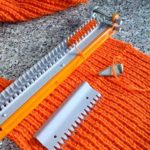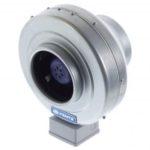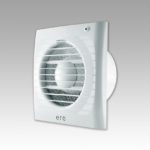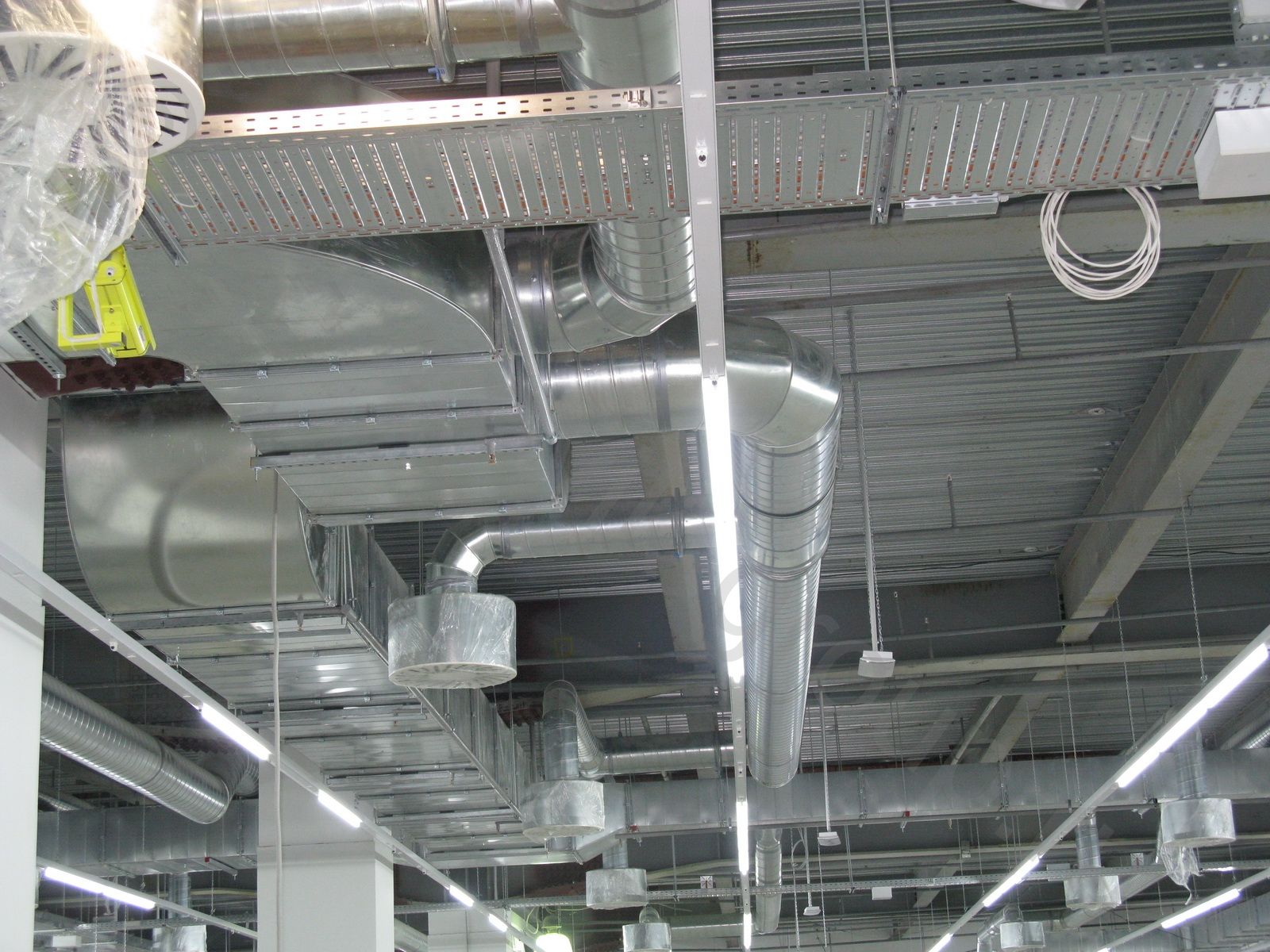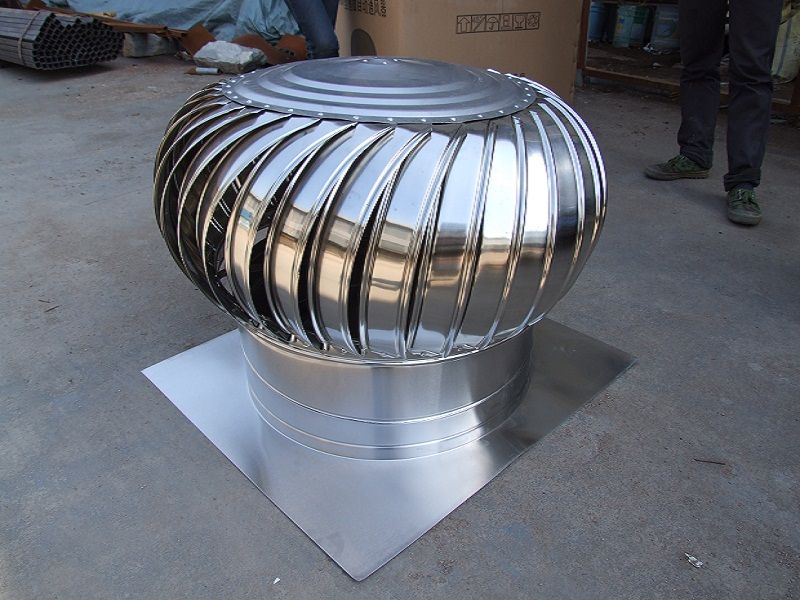Exhaust fan
When there is an unpleasant smell in the house, there is nothing to talk about coziness and comfort. Air fresheners will help prevent the situation, but often the problem is that the ventilation system in the room is not working well. In this case, electric exhaust fans are installed in places where unpleasant odors accumulate.
Timely ventilation helps prevent the formation of mold and the spread of stench throughout the apartment. The device is especially useful for owners of premises who smoke in the toilet and do not want the smell of smoked cigarettes to spread throughout the room.
The content of the article
Brief characteristics of the exhaust fan
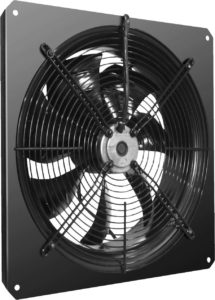 The device is a small object that, due to the rapid rotation of the blades, moves air through the channels of the ventilation system. However, it does not disrupt the process of natural air exchange if it does not have a check valve.
The device is a small object that, due to the rapid rotation of the blades, moves air through the channels of the ventilation system. However, it does not disrupt the process of natural air exchange if it does not have a check valve.
Purpose
An electric hood fan plays an important role in places where excess moisture, smoke or odors accumulate. Unfavorable factors contribute to the formation of mold in the bathroom or the appearance of soot on the ceiling.
To eliminate such problems, it is necessary to quickly and timely restore the air content to normal. It is then that an exhaust fan allows you to solve this issue.
Installation location
 In houses and apartments, the methods of moving air indoors differ. The complexity of the exhaust system directly affects the location of the fan. They can be located:
In houses and apartments, the methods of moving air indoors differ. The complexity of the exhaust system directly affects the location of the fan. They can be located:
- on the wall;
- on the ceiling;
- in the channel.
Wall and ceiling fans (or overhead fans) are directly mounted. It is attached to the base of the ventilation shaft, which passes through the wall or ceiling obstruction. There is also a mixed version, when the hood works through the wall and ceiling at the same time.
Duct electric fans are mounted in the ventilation pipe, and not at its base. Such a device can circulate air simultaneously from several rooms, for example, from the bathroom and toilet.
The only downside is inconvenient service. Access to them is usually closed because the ventilation pipe runs behind the walls or ceiling of the room.
Types of fans
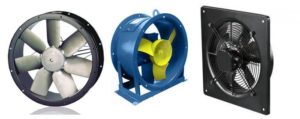 The direction of movement of the captured air and the speed of its capture depend on the shape of the blades and the electric fan itself. For bathroom exhaust, axial and centrifugal models are used.
The direction of movement of the captured air and the speed of its capture depend on the shape of the blades and the electric fan itself. For bathroom exhaust, axial and centrifugal models are used.
The first group consists of products that have an axis and rotating blades on it. The motor is located behind this system. The fan is installed in bathrooms or toilets with a small area.Having low performance, low noise level and reasonable price, this product is considered the most popular of all those presented in the store.
Centrifugal ones resemble a spinning drum with blades on its sides. The rapid rotation picks up air and forces it into the ventilation duct. Such devices are recommended for installation in large premises and in industry.
To save energy, installation space and less noise, choose models with backward-curved blades. Such electric fans can create a lot of noise generated inside the pipe.
How to choose an exhaust fan?
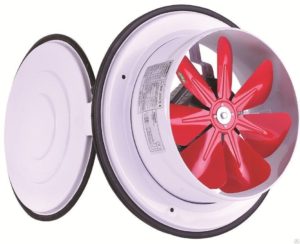 A wide range of such products makes you think about a future purchase. The cost of the product also depends on the appearance and technical characteristics.
A wide range of such products makes you think about a future purchase. The cost of the product also depends on the appearance and technical characteristics.
Wanting to buy a quality product, a consumer can greatly overpay and install a powerful and expensive fan, although a simpler and cheaper model would be suitable for his home. What should you pay attention to?
External signs
The hood fan can have a different grille shape and color, which do not in any way affect the technical characteristics. The housing must be made of plastic. The product is assigned a certain moisture protection class (preferably at least IP 24).
Air exchange method
This characteristic is usually called the productivity of the device, that is, the amount of air removed per hour. Measured in cubic meters.
The larger the room served, the higher the air exchange should be. For baths and toilets of ordinary apartments, it is enough to install a fan with a capacity of 100 to 120 cubic meters. m/hour.
Noise level
The electric fan can operate both at night and during the day. If the device will be used from 11 pm to 7 am, you should choose models up to 30 dBA. For the rest of the time, all devices that reach the maximum permissible noise level of up to 55 dBA are suitable for residential premises.
Installation type
Wall fans are considered easy to install. They make less noise and are installed in the air duct opening, rather than inside it.
Device power
Before choosing, think about whether the exhaust fan will run for a long time? If the answer is negative, therefore, the power must be selected insignificant for this device. A long period of operation of a low-power device can lead to its rapid breakdown.
Presence of a check valve
Installed on some types of fans. When turned off, it prevents other unpleasant odors from entering the room through the ventilation pipe from neighboring apartments. There is a minus of the check valve - the lack of natural ventilation. In this case, the device must work continuously.
Switching method
Fans can be turned on:
- automatically when you press the electric lighting key;
- manually using a switch;
- using a motion or humidity sensor.
Automatic devices allow you to save energy if you turn off the lights in time and avoid high humidity in the bathroom.
Installation and connection of the exhaust fan
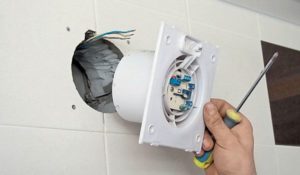 During the repair process or after it, before installation, it is necessary to consider the electrical connection system of the device. The wires can be stretched before laying the tiles inside the channel or run them outside through a fan.
During the repair process or after it, before installation, it is necessary to consider the electrical connection system of the device. The wires can be stretched before laying the tiles inside the channel or run them outside through a fan.
Before installation, it is necessary to turn off the power to the house or apartment to avoid electric shock. Then carry out the following steps:
- Remove the back panel of the device and pull the wires through it.
- Secure the wires to the terminals of the device. White - attached to the clamp marked L, and blue - white (zero) - to N.
- Attach the front part of the fan and check its operation.
- If the device works properly, proceed to its installation.
Reference! Installing a fan to ceramic tiles is problematic due to the complexity of making holes for the mounting bolts. Most often, this fastening method is replaced by conventional gluing of the side parts of the electric fan and the walls of the duct.
DIY fan
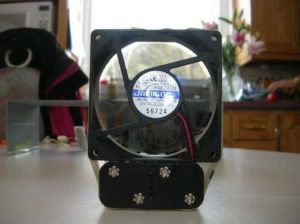 To save money and not waste time searching for the necessary device, some owners try to make an exhaust device themselves.
To save money and not waste time searching for the necessary device, some owners try to make an exhaust device themselves.
Tools and materials for work:
- computer cooler with power 12 V, width 120 mm;
- plastic sheet;
- cell phone charger;
- hacksaw;
- switch;
- screwdriver;
- marker and tape measure.
Attention! This type of ventilation system is designed for small areas such as a bathroom, toilet, basement or utility room.
Step-by-step instruction
It is best to install such a device before laying the tiles. The sheet of plastic on which the cooler will be attached should be hidden in the wall under tiles or plastic panels. The work must be done as follows:
- Take the cooler and attach it to the sheet. Outline it.
- Use a hacksaw to cut a hole. Trim the edges of the sheet at a distance sufficient to secure it to the wall.
- Screw the cooler to the cut hole.
- Connect the power supply to the switch and cooler.
- Check the functionality of the device.
- Secure the invention to the wall with self-tapping screws.
Important! If the switch is not needed, the wires can be connected directly. The device is also being improved, new parts are being added. It should be remembered that the cooler has low power.
Conclusion
Thus, the reader is provided with complete information about exhaust fans, their types, features and characteristics. This material will allow you to quickly select the necessary product or create a device yourself.

